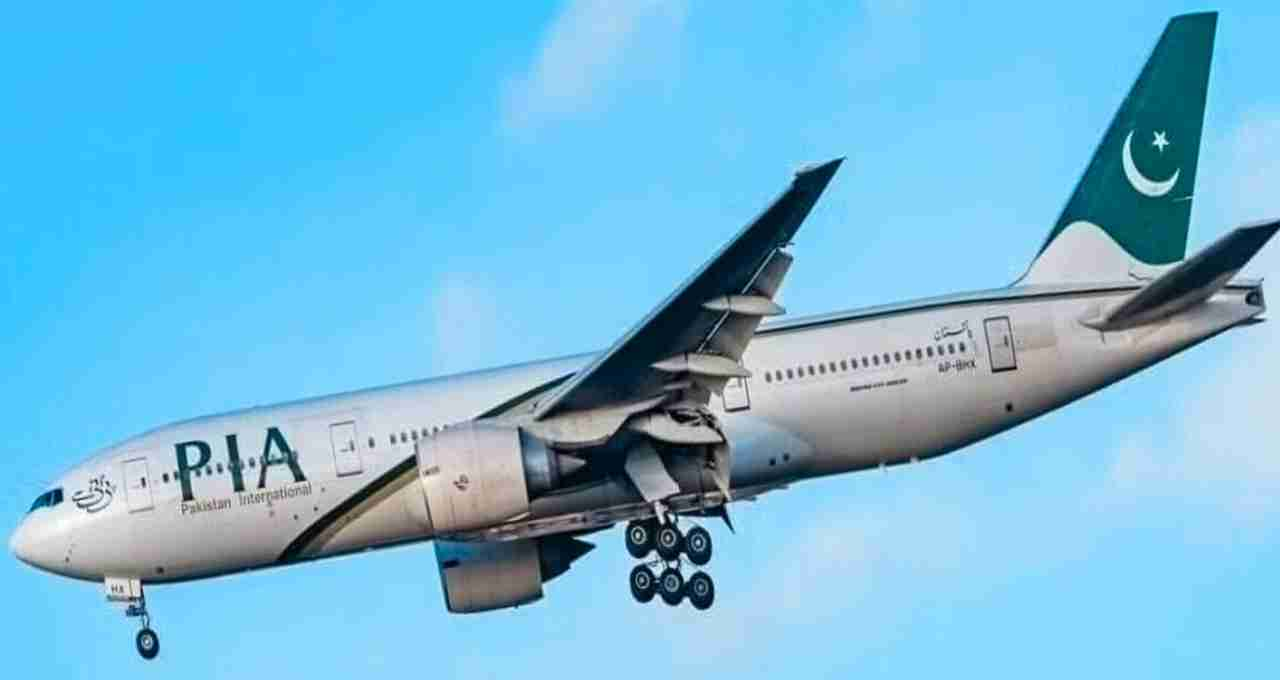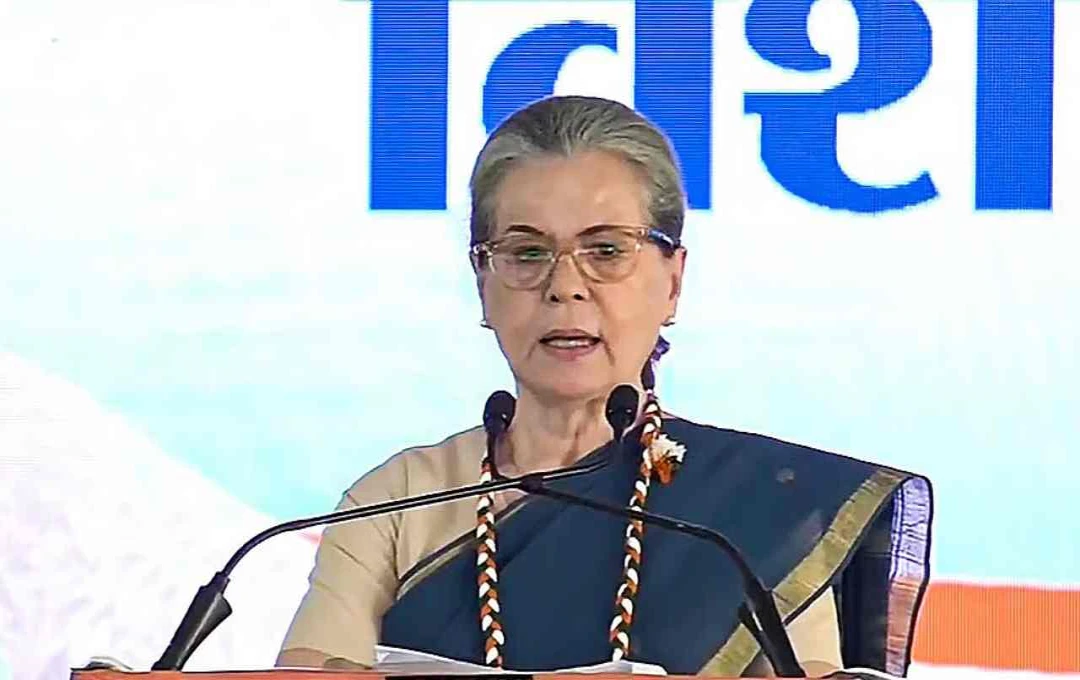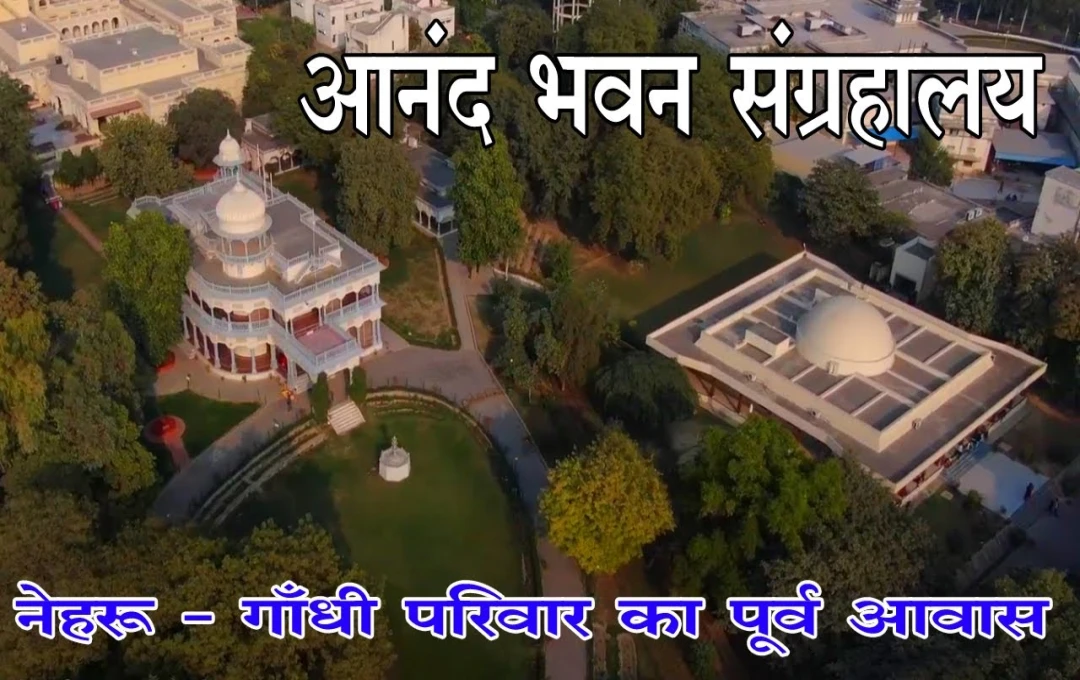Major Update on India's Closure of Airspace to Pakistani Flights
Amidst ongoing tensions between India and Pakistan, the Indian government has dealt another significant diplomatic blow to Pakistan. India has extended the closure of its airspace to Pakistani airlines and operators for another month. This restriction will now remain in effect until July 24, 2025.
This decision comes at a time of heightened tensions between the two countries, following a terrorist attack in Pulwama, after which India implemented several b countermeasures against Pakistan. The airspace restriction is part of these actions.
India's Firm Stance Following the Terrorist Attack

A terrorist attack in Pulwama, Jammu and Kashmir, on April 22, 2025, resulted in the loss of 26 lives. Following the attack, the Indian government made it clear that any country supporting terrorism would not be spared. As a result, India closed its airspace to Pakistani airlines and operators starting April 30th.
Initially, this restriction was temporary, scheduled to end on May 24th. However, considering the security situation and Pakistan's response, it was extended to June 24th. The government has now extended it further to July 24, 2025.
The New NOTAM
A new NOTAM (Notice to Airmen) was issued on Monday by the Directorate General of Civil Aviation (DGCA) of India. It clarifies that aircraft registered in Pakistan, those operated by Pakistani airlines and operators, and aircraft owned or leased by them, including military flights, will not be permitted to use Indian airspace.
This restriction applies to all of Indian airspace, potentially significantly impacting Pakistan's commercial and military aviation activities.
Pakistan's 'Retaliatory' Action: Mirroring India's Decisions
Frustrated by India's decision, Pakistan has also extended the closure of its airspace to Indian flights. Pakistan announced the closure of its airspace to India on April 24th, initially until May 24th. Subsequently, mirroring India's actions, this closure has been extended month by month and will now remain in effect until July 24, 2025.
Analysts suggest that Pakistan's move is purely retaliatory and largely imitative of India's decision. This is because a significantly larger number of flights from Pakistan transit through Indian airspace, making this restriction far more detrimental to Pakistan's aviation industry.
Impact of the Airspace Restrictions

Due to the interconnected nature of Indian and Pakistani airspace, prolonged restrictions of this kind impact the regional aviation network. However, the impact on India is limited due to its larger airspace and domestic aviation network. Pakistani airlines, on the other hand, face increased fuel costs, flight times, and operational expenses due to the necessity of using alternative routes.
Furthermore:
- Increased Flight Times: Pakistani aircraft are forced to take longer routes, increasing both flight time and fuel consumption.
- Increased Logistics Costs: Airline operational costs increase, leading to financial losses.
- Impact on Military Movement: Air Force movements are also strategically affected, particularly in border regions.
India's Strong Diplomatic Message
The decision to close airspace is not merely a technical measure; it carries a b diplomatic message. It demonstrates India's unwavering stance on terrorism and its refusal to tolerate cross-border attacks. It also serves as a way to exert global pressure on Pakistan to take action against terrorism.
Strict Measures on Indus Waters Treaty and Trade
Following the terrorist attack, India has not only reconsidered its airspace policy but also reviewed the Indus Waters Treaty. Furthermore, changes have been made to trade relations and visa policies. This clearly signals India's commitment to a firm stance with no leniency.
What Next?
Further deterioration in India-Pakistan relations is anticipated, especially if Pakistan fails to curb terrorist organizations. While war remains a last resort for any nation, India will continue to employ measures like these to exert diplomatic and economic pressure.















